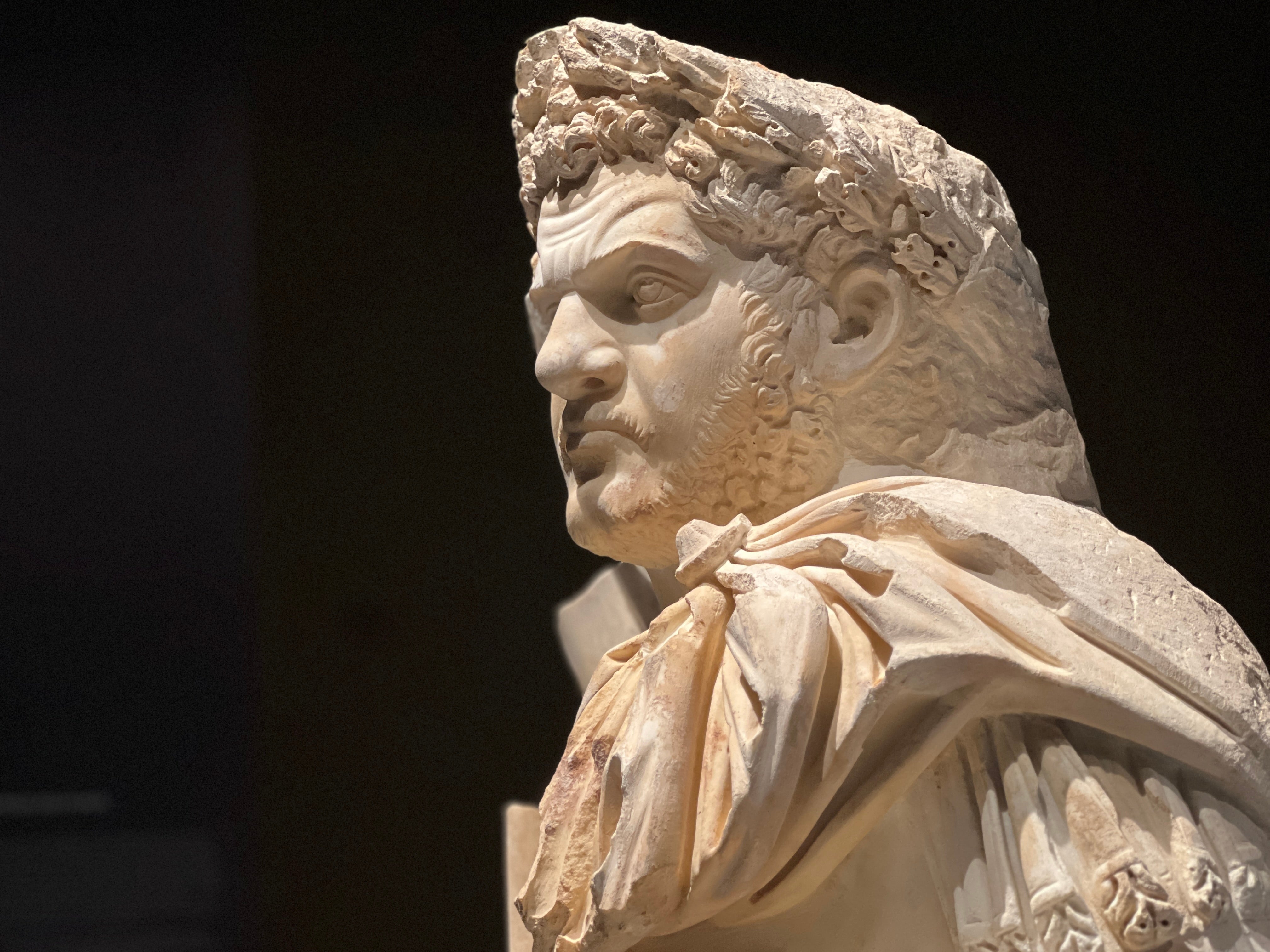Istanbul: the airport where east, west, past and future combine
Plane Talk: Istanbul’s new airport was created with a 100-year plan
An encounter with the stern visage of Caracalla is one of many rewards of travel in the eastern Mediterranean. This particular statue of the bearded Roman emperor, who reigned 18 centuries ago, has a unique and genuinely worldwide audience. It is one of the exhibits on display at the excellent museum at Istanbul airport – which dispenses culture in transit to arrivals from, and departures to, more than 350 destinations across the planet.
“Turkey is the bridge between Europe and Asia and Africa,” says Kadri Samsunlu –who became chief executive of the new Istanbul airport in 2017. That was two years before it took over fully from Ataturk airport. I was a big fan of the previous “IST”: while it had grown awkwardly, its location on the Sea of Marmara provided easy access to one of the most glorious cities in the world.
“The old airport was very congested – not just not just in the terminal, but also in the air,” says Mr Samsunlu. “Airlines were facing significant delay in landing and take off.”
With traffic growing relentlessly, the Turkish government took the decision to build a vast new airport close to the shores of the Black Sea, 30km northwest of Istanbul. And, says the CEO, they were looking far into the future. “The government basically reserved 76 million square metres for the development of an airport and further expansion in the coming 100 years.”
Initially, there are more than 350 aircraft parking spaces available – two-and-a-half times more than the old airport.
Airports are like heavenly bodies: the bigger they are, the more attractive they prove. Airlines and passengers are drawn to large airports because of the connectional possibilities and frequencies on offer: Turkish Airlines has up to seven flights a day from Heathrow, between 6.45am and 10.10pm, as well as three departures from Gatwick.
Yet the greater the scale and travel opportunities, the more gruelling an airport can prove for travellers. The plan for Istanbul called for a single initial terminal. Unlike London Heathrow, Paris CDG and Frankfurt, passengers in Istanbul need not take a shuttle or a hike to rival the Inca Trail from their arrival gate to departure.
DOH (Doha) enjoys a similar, single-terminal advantage as IST. But Istanbul has one strength that the Qatari airport – as well as Dubai – does not. It serves one of the greatest cities in the world, where travellers from east and west converge to explore, and is the main arrival point for the sixth-most popular tourist nation in the world.
During the Covid pandemic, Mr Samsunlu found himself simultaneously managing a collapse in traffic that no one had foreseen – and by far the busiest airport in Europe. Even in 2021, which began with a complete ban on British holidaymakers going abroad and ended with Omicron, Istanbul handled 37 million passengers.
Last year, IST retained first place, with 64 million compared with Heathrow’s 62 million. The London airport appears to have surged ahead in 2023, but remains constrained until and unless a third runway is built. Istanbul, in contrast, has three main runways and two back-ups. Transit passengers may well enjoy the sight of two aircraft landing simultaneously. Kadri Samsunlu says he is working with Eurocontrol and the Turkish authorities to work on triple landings. “To be able to cater for volume, you need to manage your runways extremely efficiently.”
Those runways are serving more destinations than any other airport, and Turkish Airlines flies to more countries than any other airline. It will soon add one more: Australia, with three weekly flights to either Sydney or Melbourne before the end of 2023.
From an airport chief executive’s point of view, dominance by a single carrier is not ideal. Istanbul is actively attracting other airlines, with easyJet launching flights from Manchester next month. Britain’s biggest budget airline will be in direct competition with Turkish Airlines, which also flies from Birmingham and Edinburgh. The new easyJet flights will cater for people who want to go no further than Istanbul itself.
“Our city, with over 1,000 years of history, is a final destination,” says Mr Samsunlu. And while his airport is built for the future, its museum will take you even further back into the past.

Simon Calder’s latest travel film, 48 Hours in Istanbul, is now online.
Join our commenting forum
Join thought-provoking conversations, follow other Independent readers and see their replies
Comments
Bookmark popover
Removed from bookmarks